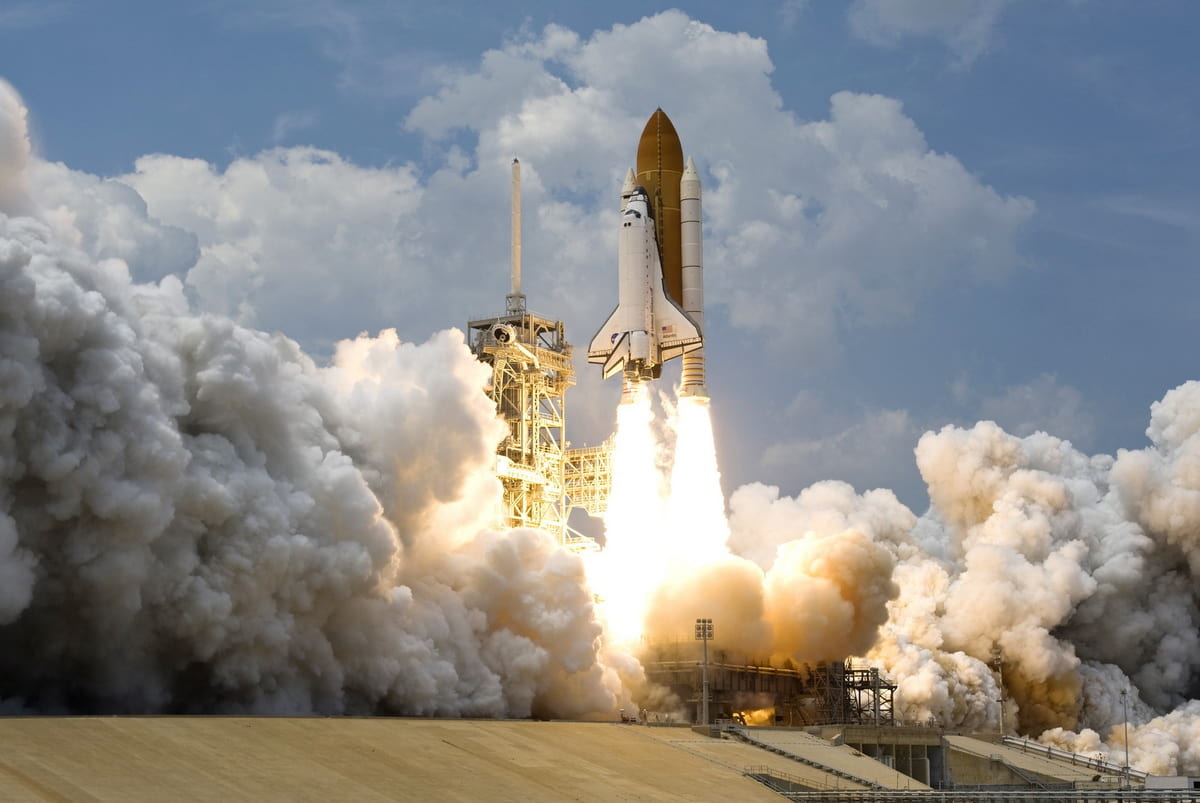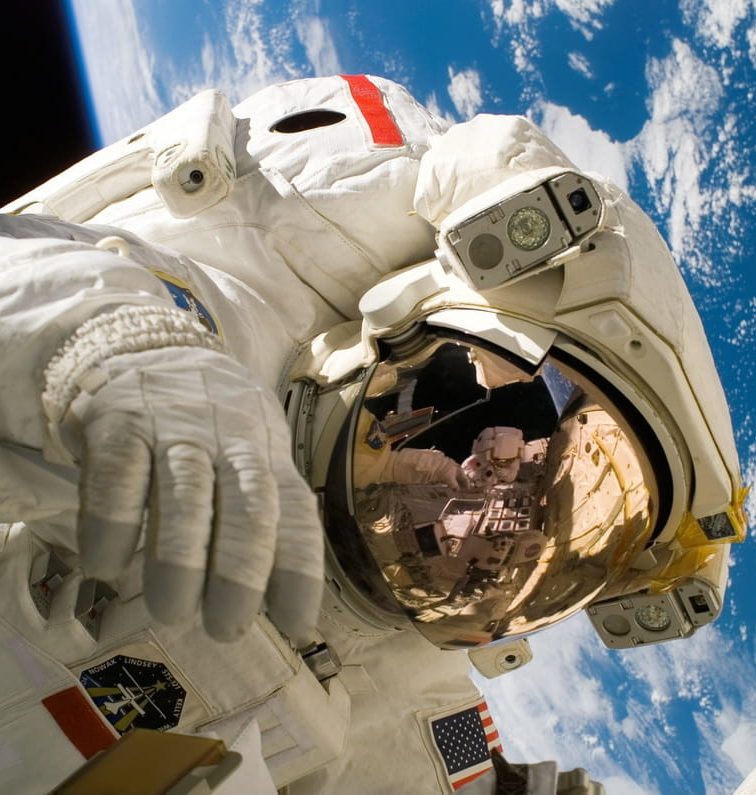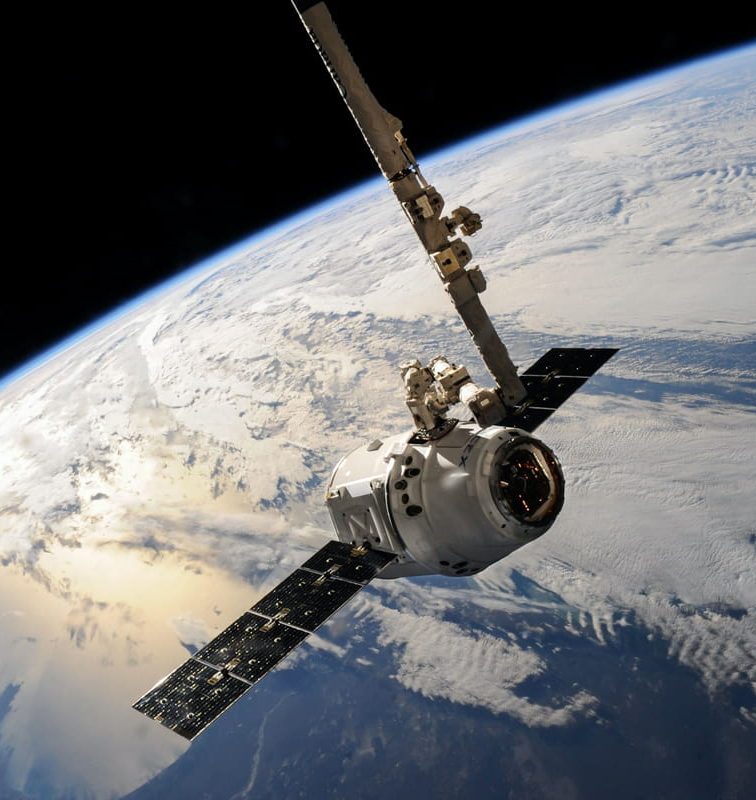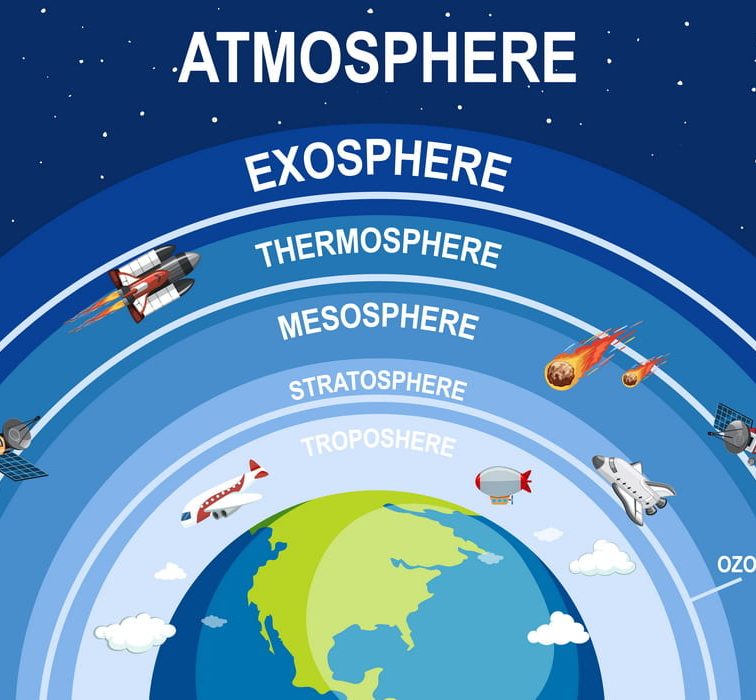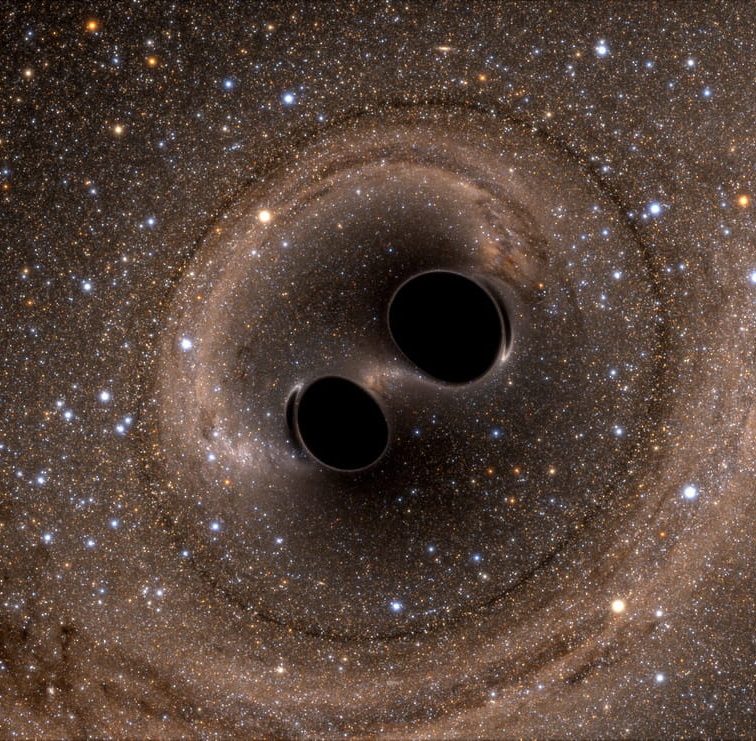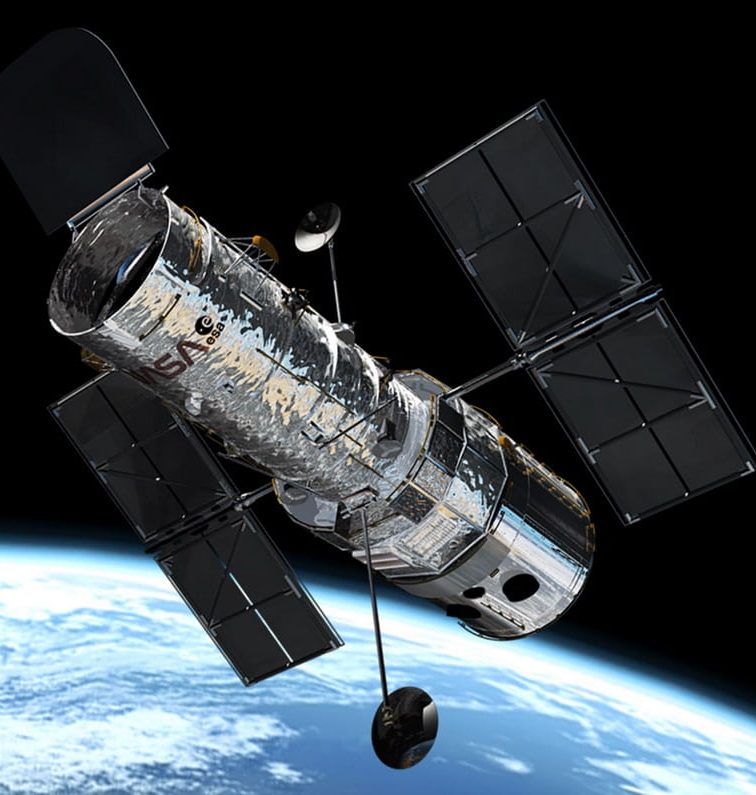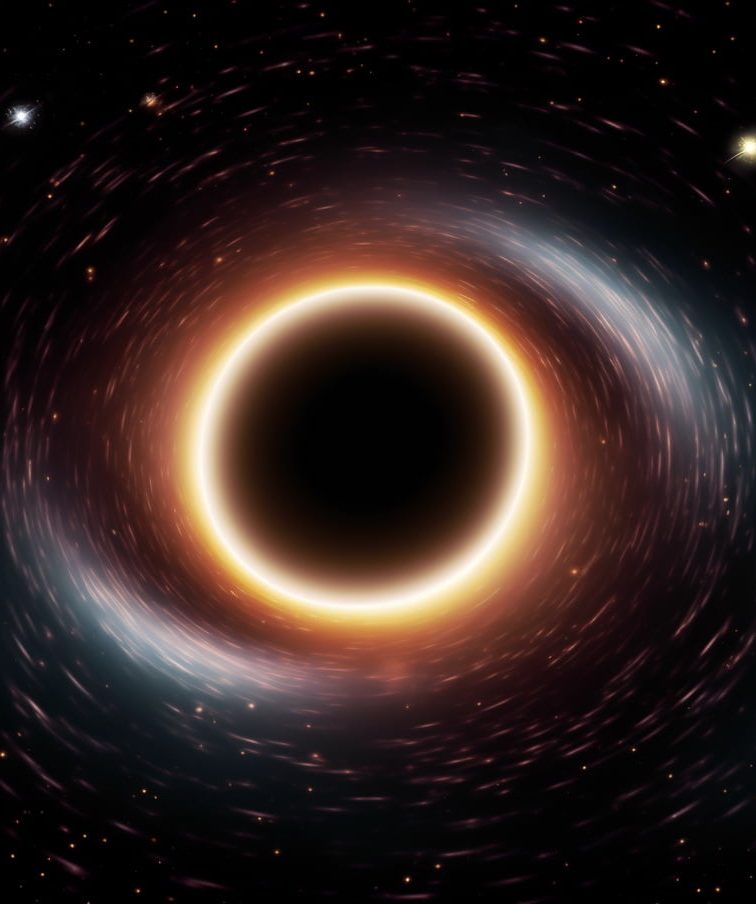Welcome, fellow space nerds and casual sky-gazers! 🌌 Ever looked up at the sky and thought, “How in the Milky Way do rockets even work?” or “Was Elon Musk the first guy to think of this stuff?” Spoiler alert: He wasn’t, but he sure is making it look cool.
Prepare for liftoff as we delve into 30 fun facts about rockets that are sure to make your next stargazing session or awkward dinner conversation 10 times more interesting. Rockets aren’t just fire and smoke; they’ve got history, quirks, and mind-bending numbers. So sit back, grab some astronaut ice cream, and enjoy the ride through space and time!
1. Rockets Are Older Than You Think
Surprise, surprise! Rockets have been around way before you were born, or even your great-great-grandparents. We’re talking about ancient China, baby!
The first rocket was invented somewhere around the 13th century. They used ’em as weapons against the Mongol invaders. So, while you’re marveling at SpaceX launches, just remember it all started with some gunpowder and a dream in medieval times.

Image source: Wikimedia Commons
2. Rocket Principle: The Law of Action and Reaction
For every action, there’s an equal and opposite reaction—thanks, Newton! The basic idea is that rockets move by expelling exhausted gas at high speeds. This is what we call thrust, the force that propels the rocket.
That’s Newton’s third law in action, folks. Rocket science might be, well, rocket science, but the underlying rocket principle is grade-school physics.
3. What’s Thrust Got To Do With It?
Okay, we touched on thrust, but what’s the big deal? Simply put, thrust is the power source for our rocket engine, and it has to overcome Earth’s gravity for a rocket to leave the ground.
A typical space shuttle’s main engine produces over 375,000 pounds of thrust. Yep, that’s like 18-wheelers being shot into the sky but with more control and precision.
And how rockets work is all about balance. Too little thrust, and you’re not going anywhere. Too much, and well, that’s a whole other type of fireworks show you don’t want to be a part of.

Image By vecstock / Freepik
4. Rocket Engines: Liquid vs. Solid
Alright, buckle up, engine enthusiasts! When it comes to rocket engines, we’ve got two main players in the game: liquid and solid.
Liquid engines are complex but versatile. Think of them as the Swiss Army knives of engines. You can control the thrust, stop them, and even restart them mid-flight. Solid rocket engines, on the other hand, are the straightforward jocks. Once ignited, they’re goin’ whether you like it or not, providing a consistent thrust.
So, what’ll it be? The multi-talented diva or the no-nonsense straight-shooter? Your choice determines your mission capabilities and, yep, your budget.
5. The First Rocket to Reach Space
Hold onto your astronaut helmets for this fun fact about rocket ships. In 1944, the German V-2 rocket was the first to breach the Kármán line—about 62 miles above sea level—making it the first-ever human-made object to venture into space.
While these rockets were originally used as weapons, their technological advancements laid the groundwork for peaceful space exploration for years to come.
6. Man’s First Trip to Space
In 1961, Yuri Gagarin became the first human to orbit Earth, a massive leap for mankind and a monumental moment for rocket launches. Piloting the Vostok 1, Gagarin took a 108-minute joyride in space, changing our perception of the universe forever.
It’s hard to imagine that just 20 years earlier, rockets were more associated with war than pushing the boundaries of human capability.

Yuri Gagarin. Image source: dailymaverick.co.za
7. Sound Barrier & Rockets
Bet you didn’t see this coming: rockets break the sound barrier like it’s a piece of cake. We’re talking faster than miles per hour—try Mach 1, or 767 mph, for size. When a rocket crosses this threshold, it produces a sonic boom that is nothing short of “rock(et) and roll.”
The space shuttle, for instance, cruises at Mach 25 when reentering Earth’s atmosphere. It’s not just breaking the sound barrier; it’s absolutely shattering it.
8. The Space Shuttle: A Reusable Spacecraft
The Space Shuttle wasn’t just another one-hit wonder; it was designed for encores. The first reusable spacecraft in history made its debut in the ’80s, thanks to NASA’s innovative thinking. Imagine this: completing a mission, then returning to Earth for some R&R before doing it all over again.
What makes this one of the best fun facts about rockets? It’s like a spacefaring phoenix; it gets reborn for multiple missions. Talk about setting the stage for sustainability in space travel!
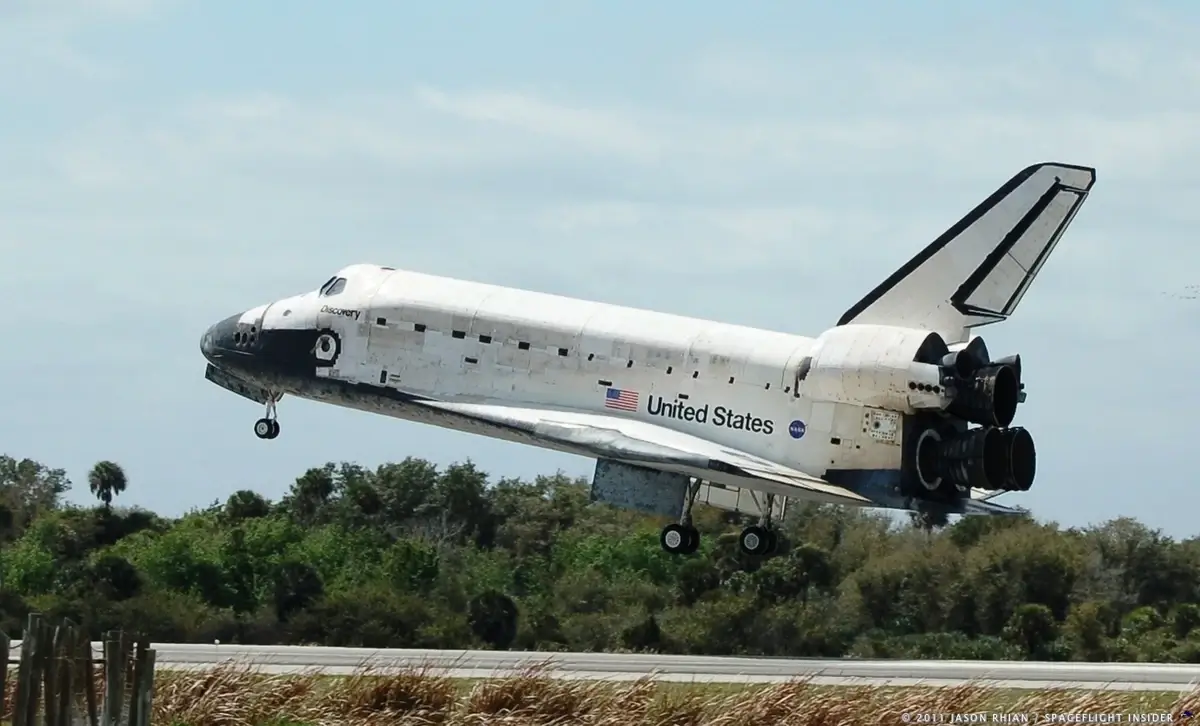
Image source: spaceflightinsider.com
9. Rocket Staging: The Art of Ditching
In the world of rockets, breaking up is easy to do. Yep, rocket staging is all about letting go of the parts that are exhausted. As a rocket ascends, each stage does its job and then says adios to make the vehicle lighter.
It’s like a real-life game of Jenga but in reverse. You take away blocks (stages) to win, rising higher and higher into the atmosphere. And this isn’t just cool—it’s essential for the rocket’s success.
10. Falcon Heavy: The Beefy Bad Boy
Here comes Falcon Heavy, the Arnold Schwarzenegger of rockets. No, seriously, this vehicle from SpaceX is the most powerful operational rocket in the world right now. You want thrust? Falcon Heavy’s got more than you can handle, equivalent to eighteen 747 airplanes.
Not just that, this bad boy aims to be part of the future of spacecraft, reusable like its cousin the Falcon 9. It’s no wonder that Falcon Heavy is a star in our list of rockets fun facts.
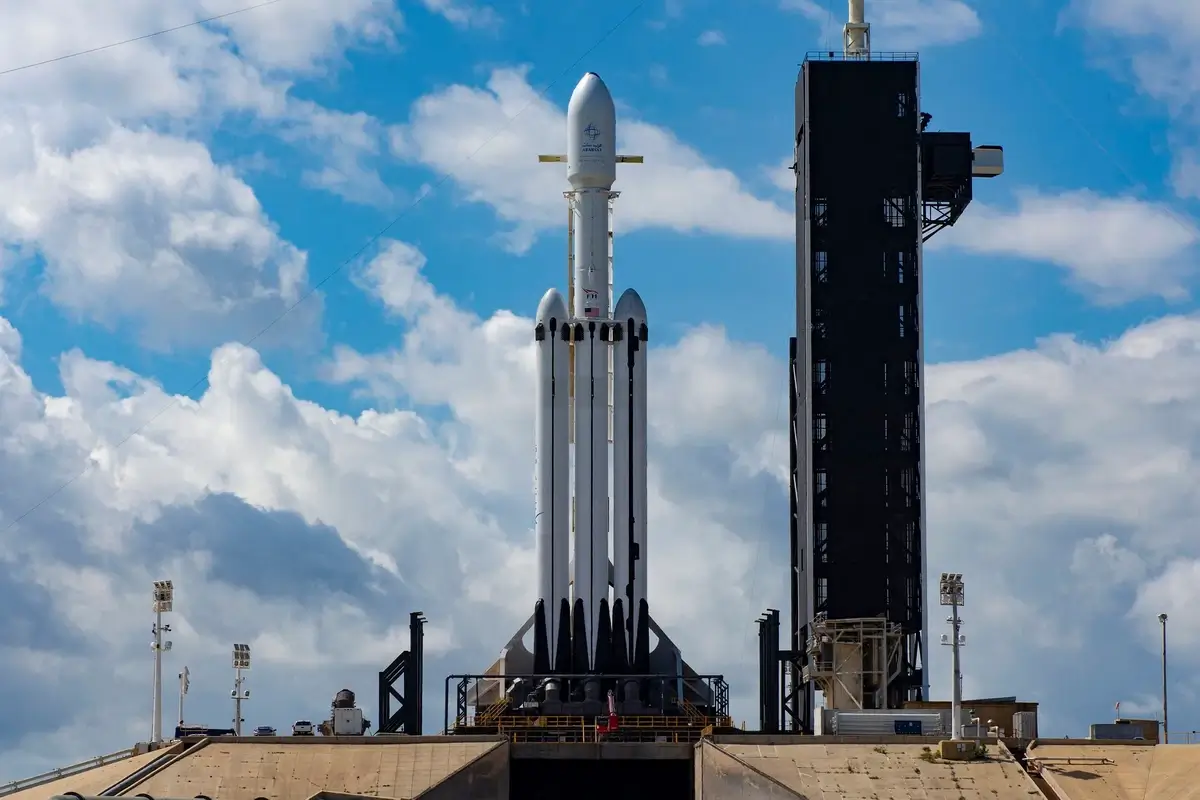
Image source: techcrunch.com
11. How Fast Do Rockets Go? MPH Madness!
Speedsters, get ready for this one. When you’re talking miles per hour, rockets are in a league of their own. Let’s look at the Apollo missions for context. Those rockets had to hit speeds around 25,000 mph to break free from Earth’s gravity.
But speed isn’t everything. Control and precision are vital. Too fast or too slow, and you’re not a rocket; you’re a firework. A pretty one, but still a firework.
12. Vertical Integration: Building Rockets Upright
Now, how do you build a rocket? If you said horizontally, you’d be wrong. Unlike most vehicles, rockets are built standing up in a process known as vertical integration. The reason? Well, rockets are basically giant pencils filled with explosive materials.
Building them upright ensures that all the pieces fit well, since they’ll be operating in that orientation. Imagine trying to piece together a puzzle while hanging upside down; it wouldn’t make much sense, right? That’s why rockets are built the way they’re going to be used: upright!
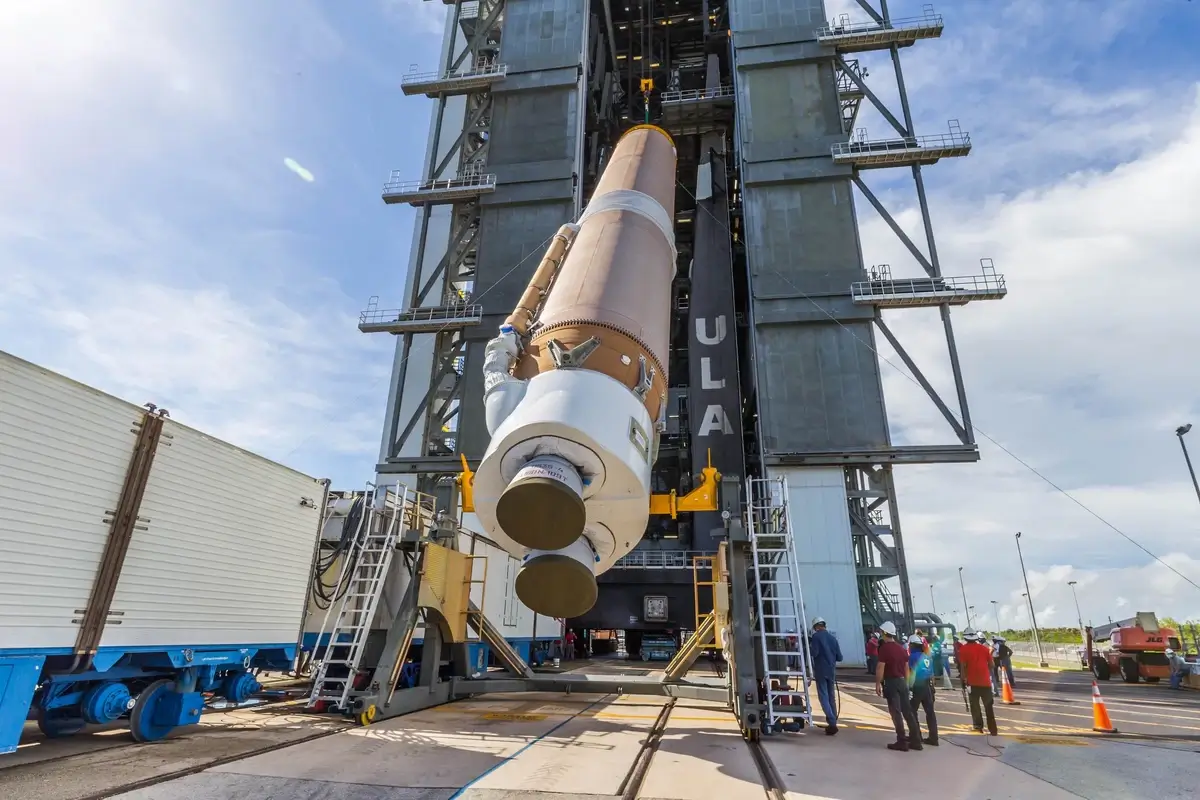
Image source: ulalaunch.com
13. Rockets and G-forces
Space travel isn’t just a ride; it’s a workout! Astronauts and payloads have to deal with the push and pull of G-forces during liftoff and re-entry. G-forces are like the rollercoaster loops of space travel, pushing you back into your seat or lifting you off it.
Here’s an interesting fact about rockets: The Saturn V rocket, used in the Apollo missions, subjected astronauts to a maximum of 4 Gs. That’s four times the force of Earth’s gravity! Talk about a weighty matter.
14. Orbital vs Suborbital Rockets
Quick pop quiz! What’s the difference between orbital and suborbital rockets? Orbital rockets are the marathon runners. They go the distance, complete a full orbit around Earth, and can even head out to other celestial bodies.
Suborbital rockets are more like sprinters; they reach the edge of space but don’t complete an orbit. Think Alan Shepard’s 1961 flight versus Yuri Gagarin’s. They’re both cool, but they’ve got different objectives, showing yet another nuance in our ongoing list of fun facts about rockets.
15. The Tiniest Rocket Ever
Remember the little engine that could? Meet its space cousin: the SS-520-5, the smallest rocket to ever deliver a satellite into orbit. Developed by Japan’s space agency, this rocket stands at just 31 feet tall. For context, that’s about 1/5th the size of a Falcon 9!
Despite its diminutive size, this little guy is packed with enough thrust to reach space. It’s like the ant of the rocket world, small but mighty, and it lands a spot in our compilation of rockets fun facts.

Image source: static.dir.bg
16. SpaceX’s Reusable Rockets
Remember when we threw away soda cans before someone said, “Hey, let’s recycle?” SpaceX had a similar “aha” moment but for rockets! Elon Musk’s SpaceX revolutionized the game by making rockets reusable, and not just as lawn ornaments.
The Falcon 9’s first stage can land back on Earth after its mission, ready for some TLC and another go. These reusable rockets reduce the cost of going to space and could make Mars tickets as routine as a flight to Maui.
17. Rocketry Pioneers: Goddard and von Braun
You can’t talk rockets without giving props to Robert H. Goddard and Wernher von Braun. Goddard, an American, was granted the first patent for a liquid-fueled rocket in 1914. Meanwhile, von Braun, a German scientist, played a key role in developing the V-2 rocket during WWII and later worked on the Apollo program.
These pioneers invented the building blocks that set the stage for modern rocketry. They’re like the Wright brothers but for things that go “whoosh” instead of “flap.”
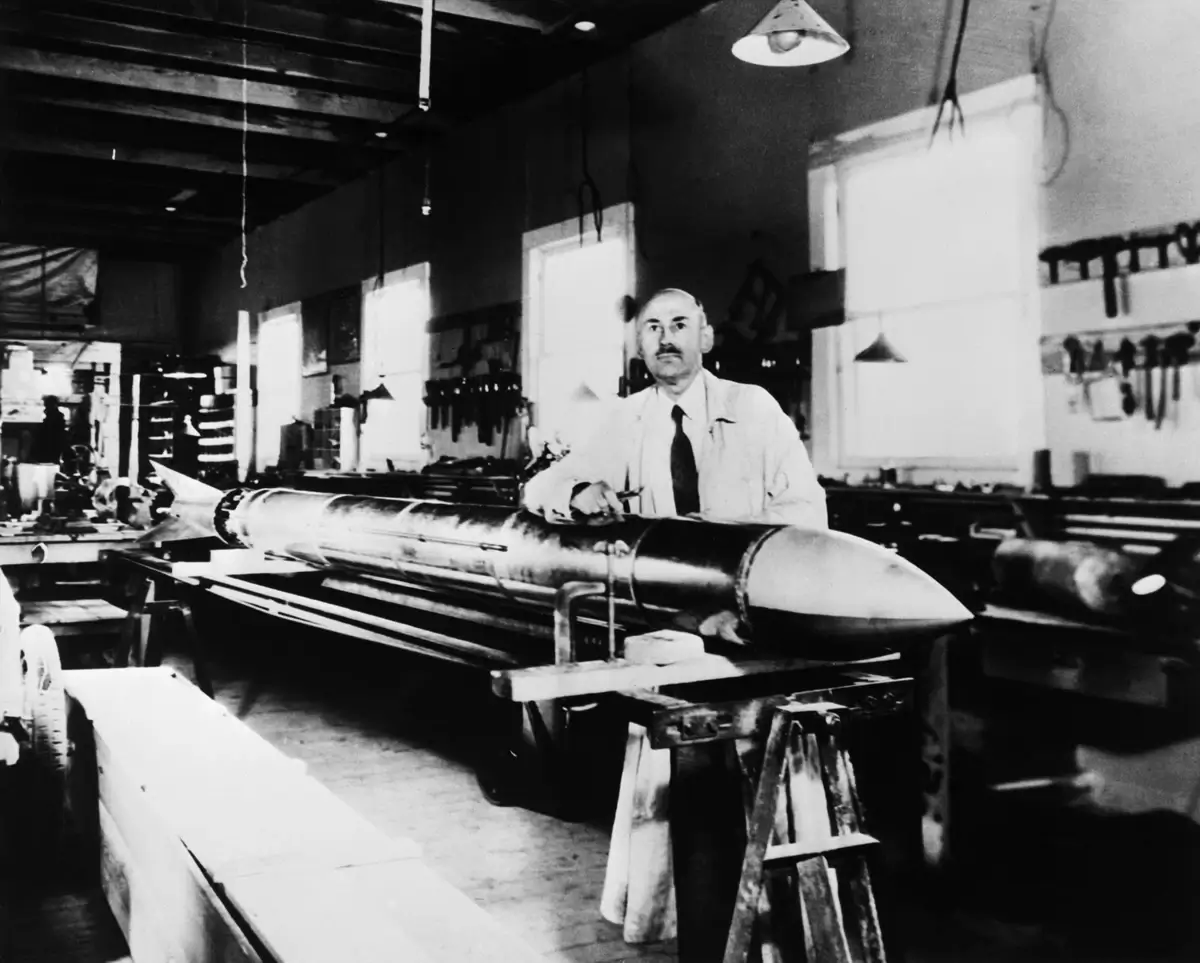
Robert Hutchings Goddard. Image source: jooinn.com
18. The Fuel-Efficiency Dilemma
Ever complain about your car’s gas mileage? Try powering a rocket. While your car might guzzle a gallon every 20 miles or so, rockets eat up thousands of pounds of fuel just to get a few miles per hour off the ground. Yup, rockets are gas-guzzlers of an astronomical level. But this inefficiency is a big focus in the world of rocket science.
Engineers constantly grapple with the fuel-efficiency dilemma, aiming to get more bang for the buck—or more thrust for the gallon, in this case.
19. NASA’s Artemis Program
Ah, Artemis, not just an ancient goddess but also NASA’s modern mission to land the first woman and the next man on the Moon by the 2020s. This program aims to establish a sustainable human presence on the Moon, acting as a stepping stone for future Mars missions.
If you’re a fan of lunar expeditions, this is one of the most interesting facts about rockets to keep an eye on.
20. Sputnik: The Beginning of the Space Age
Hold the phone, or should I say, hold the satellite! Sputnik, launched by the Soviet Union in 1957, was the first artificial Earth satellite, kickstarting the space age and the U.S.-Soviet space race. This aluminum sphere with four long antennas was our first step into making space a little less lonely.
For this fun fact about rocket ships, just remember: before there were Teslas in space, there was a beeping metal ball orbiting Earth.
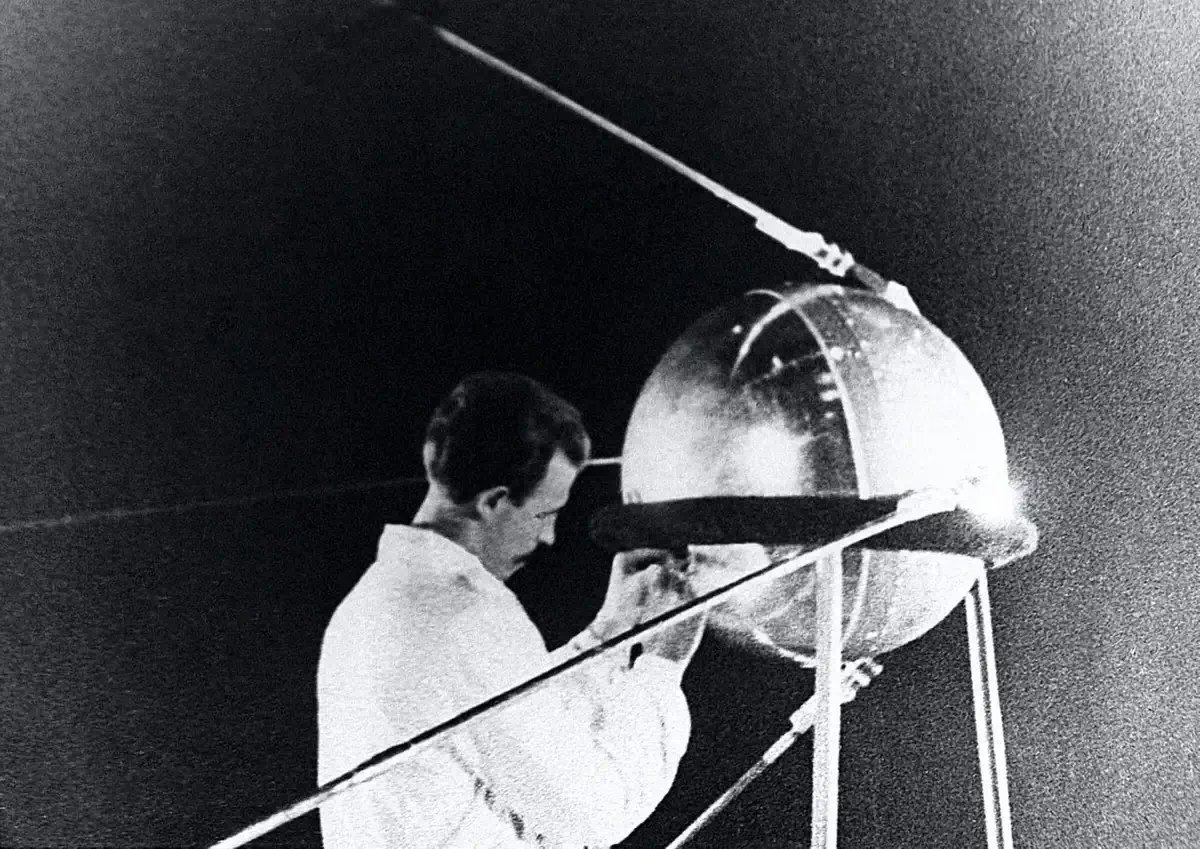
Image source: stylishbag.ru
21. Rocket Launch Sites: Not Just Any Backyard!
If you think any flat surface is a good place to launch a rocket, think again. Rocket launch sites are carefully selected based on a variety of factors like safety, proximity to desired orbital paths, and even local weather conditions.
Cape Canaveral, Baikonur, and Vandenberg are not just hard-to-pronounce places; they’re iconic launch pads that have etched their names into the annals of rocket history.
22. How Much Does It Cost To Launch A Rocket?
Planning your next space vacation? Better be ready to break the bank! Launching a rocket can cost from tens of millions to billions of dollars. It’s the ultimate pay-per-pound deal. SpaceX’s Falcon 9? That’s around $62 million for a ticket to the stars.
This isn’t your usual vacation splurge, but hey, nothing says luxury like having an entire rocket engine propel you into orbit, right?
23. Animals Were Astronauts Too!
You read it right! Before Neil Armstrong took a small step for man, critters like Laika the dog took giant leaps for animal-kind. These pioneering pets weren’t just hitching a ride; they were the main event, helping scientists understand the impact of space travel on biological beings.
Whether it’s fruit flies or pooches, these critters were the real MVPs in the early days of rocket launches.
24. Rocket Failures and Explosions
We all have bad days, and rockets are no exception. A miscalculation or a mechanical failure can turn a launch into a fireworks display of the worst kind. But these failures aren’t just eye-popping spectacles; they’re valuable lessons.
Engineers meticulously study what went wrong to make sure future rocket launches go right. So, next time you see a blooper reel of rockets losing their cool, remember—it’s all part of the process.
25. The Rocket Graveyard: Where Rockets Go to Die
If you ever wondered where rockets go to retire, let’s just say it’s not Florida. Most parts of used rockets either burn up upon re-entry or end up at the bottom of the ocean. It’s like a VIP underwater junkyard exclusively for rockets.
Dubbed “Point Nemo,” this spot in the South Pacific Ocean is farther from land than any other point on Earth. It’s the final resting place for many an exhausted rocket.
26. Rockets and the Environment
Ah yes, rockets and Mother Nature—sometimes not the best of friends. The environmental impact of rocket launches has become a hot topic, given that they emit substances that can harm the ozone layer. Companies are now investing in greener rocket technologies, because hey, what’s the point of exploring new worlds if we mess up the one we’ve got?
New propulsion methods are being invented that could make rockets more eco-friendly, making this one of the more uplifting fun facts about rockets.
27. Rocket Fuel: Not Your Ordinary Gasoline
Ever thought of filling up your car and accidentally pumping it with rocket fuel? Yeah, don’t do that. Rocket fuel is like the triple espresso of the energy world. There are various kinds, like Liquid Oxygen (LOX) paired with Liquid Hydrogen or even kerosene.
Some rockets, particularly those with solid rocket engines, use something more akin to a rubbery compound. Either way, these are not things you want in your Ford Fiesta.
28. The Mathematics of Rocket Science: It’s Calculated Mayhem
When someone says, “It’s not rocket science,” they’re acknowledging that rocket science is tough stuff. Getting a vehicle to space requires mastering some mind-boggling mathematics. From calculus to complicated physics equations, rocket scientists crunch the numbers to ensure that everything from liftoff to landing goes smoothly.
So next time you’re struggling with your math homework, remember, someone is using those numbers to shoot for the stars.

Image source: breakingbadscience.com
29. Space Tourism: Vacations Beyond Disneyland
Just when you thought the Bahamas was the most exotic vacation spot, enter space tourism. Yup, we’re not just sending astronauts up anymore; soon enough, everyday folks might be taking orbital selfies. Companies like SpaceX and Blue Origin are spearheading the “space for everyone” movement. But remember, “everyone” here means anyone with a pretty hefty wallet!
From suborbital flights to orbital hotels, space tourism is a blossoming industry that’s more than just an interesting fact about rockets.
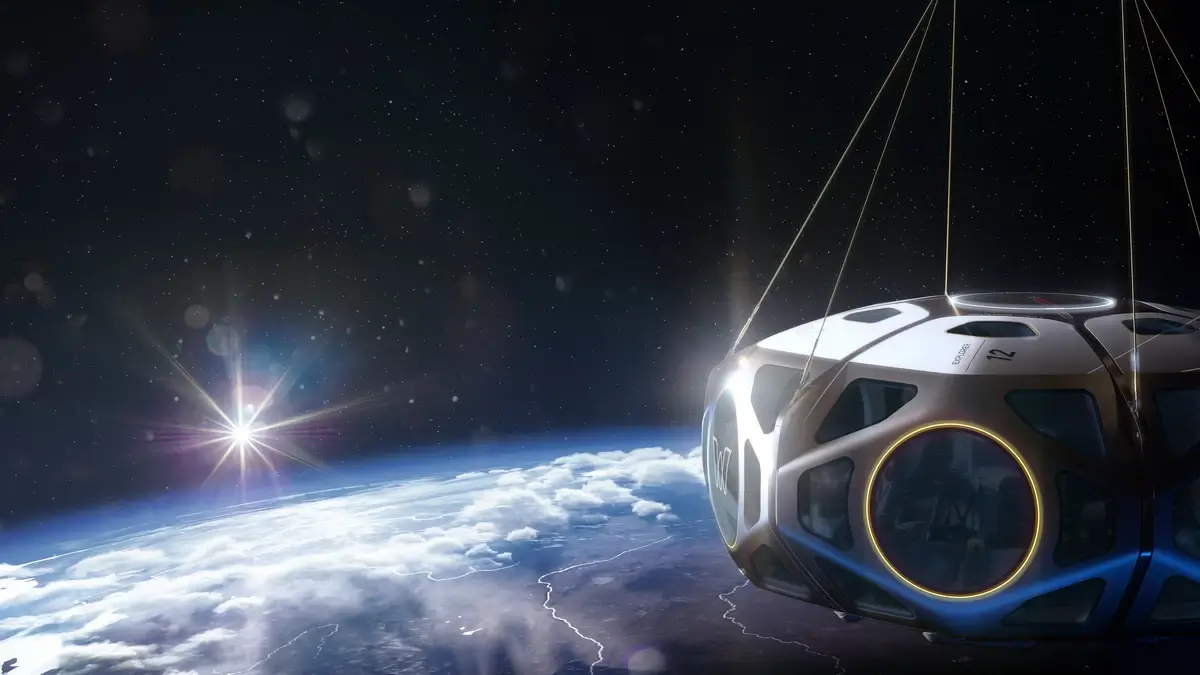
Image source: businesswire.com
30. Rockets in Education: Not Just Bottle Rockets
Think rockets are only for big kids with even bigger budgets? Think again! Schools are now integrating rocket science into their curricula. No, third-graders aren’t designing SpaceX’s next Falcon Heavy, but they are learning the basics of thrust, using small scale rockets or even water-powered variants.
Who knows? The next big name in spacecraft design might just be doodling in a middle school notebook right now.
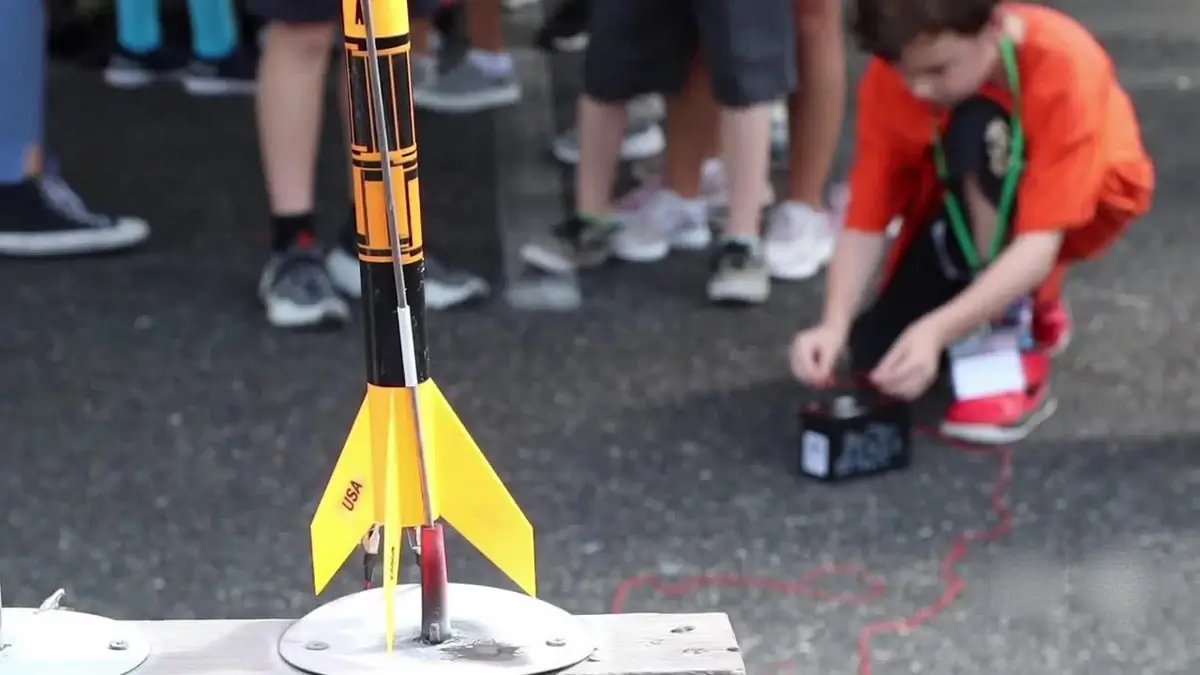
Image source: wtxl.com
FAQ
What are 5 facts about rockets?
- The Godfather of Rocketry: A Russian named Konstantin Tsiolkovsky penned the equation that’s the backbone of astronautics, aptly named “Tsiolkovsky’s rocket equation.” This mathematical marvel explains how rockets can escape Earth’s gravitational pull. Hats off, comrade!
- It’s Not Rocket Science… Oh Wait, It Is: Rocket engineering involves a mix of physics, chemistry, thermodynamics, and a sprinkle of magic (well, not really, but it’s complicated stuff). Newton’s Third Law of Motion (“For every action, there’s an equal and opposite reaction”) is the core principle at play.
- To Infinity and Beyond!: Rockets aren’t just for Earthlings. Mars rovers, like Perseverance and Curiosity, also have rocket thrusters to help them land safely on the Martian surface. These retro-rockets are a lifeline when parachutes just don’t cut it.
- Faster than a Speeding Bullet: To break free from Earth’s gravity, a rocket has to reach a speed of about 25,000 miles per hour. That’s over 33 times the speed of sound, Mach 33, for you thrill-seekers out there!
- X Marks the Spot: The X-15, a rocket-powered aircraft, was one of the most significant experimental vehicles ever. Flying as far back as the 1960s, it provided data that contributed to the development of the Space Shuttle program. It was retro before retro was cool!
What are some facts about the first rockets?
The first rockets were a far cry from the sophisticated machines we use today to explore space. Created by the Chinese, they were primarily used in warfare and for ceremonial purposes. These early rockets were filled with gunpowder and were essentially glorified fireworks. They were relatively small, had a limited range, and were not very accurate. However, they were effective for their time and provided the foundations for the rockets that followed.
Why is it called a rocket?
The word “rocket” has its roots in the Italian word “rocchetta,” which means “little fuse.” The term was likely adapted to describe these early projectile devices that had a burning fuse to ignite their propellants. Over time, the name “rocket” became the standard term to describe all kinds of vehicles propelled by controlled explosions or jet propulsion.
Who made the first rocket?
The invention of rockets is generally credited to ancient China, dating back to around the 13th century. These early rockets used gunpowder as a propellant and were initially used for military purposes. However, the theoretical foundation for modern rocketry came much later, with pioneers like Konstantin Tsiolkovsky, Robert Goddard, and Wernher von Braun paving the way.
What makes rockets unique?
Rockets are unique for their ability to operate in an environment where there’s no air to push against—like the vacuum of space. They carry both fuel and an oxidizer onboard, which means they don’t need to rely on atmospheric oxygen. This makes them the only human-made vehicles capable of space travel. Their designs have to balance numerous factors, including thrust, aerodynamics, and weight, and they employ a mixture of complex engineering and physics.
How fast do rockets go?
Speeds can vary depending on the type of rocket and its mission. However, to escape Earth’s gravitational pull, a rocket needs to reach what’s known as “escape velocity,” which is about 25,000 miles per hour (roughly 11.2 km/s). Some rockets, particularly those designed for deep-space missions, can achieve even higher speeds.
What were rockets first called?
The first rockets didn’t have a standardized name as we have today. In ancient China, where rockets were initially developed, they were likely referred to using terms related to “fire arrows” or “fireworks.” It wasn’t until later, in Europe, that they began to be referred to as “rockets,” derived from the Italian word “rocchetta.”
How high do rockets fly?
The altitude a rocket can reach varies depending on its design and mission objectives. Some rockets are suborbital and just reach the edge of space (around 62 miles or 100 km above Earth’s surface), while others are designed for orbital or even interplanetary missions. Rockets like the Saturn V took astronauts to the Moon, about 238,855 miles away!
How big was the first rocket?
The first rockets, developed in ancient China, were relatively small, often not much larger than a modern bottle rocket. These were usually no more than a few feet in length and inches in diameter. Contrast this with the behemoths like the Saturn V, which stood a staggering 363 feet (111 meters) tall.
What are rockets made of?
Materials can vary depending on the rocket’s purpose and design specifications. Generally, rockets are made from materials that can withstand extreme temperatures and pressures, such as titanium, aluminum, and composite materials. The propellants are usually a combination of fuel and an oxidizer, which can range from liquid hydrogen and liquid oxygen to solid propellants like ammonium perchlorate.


